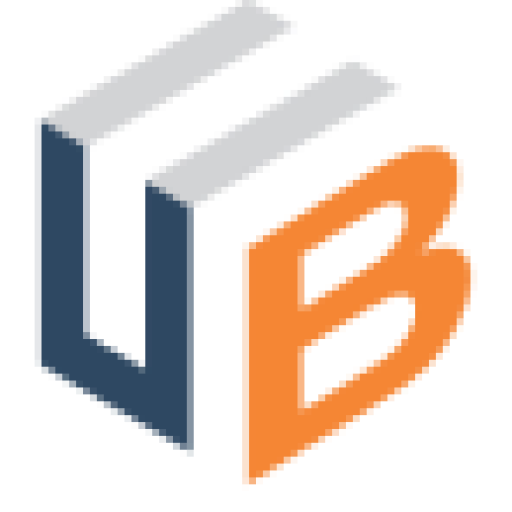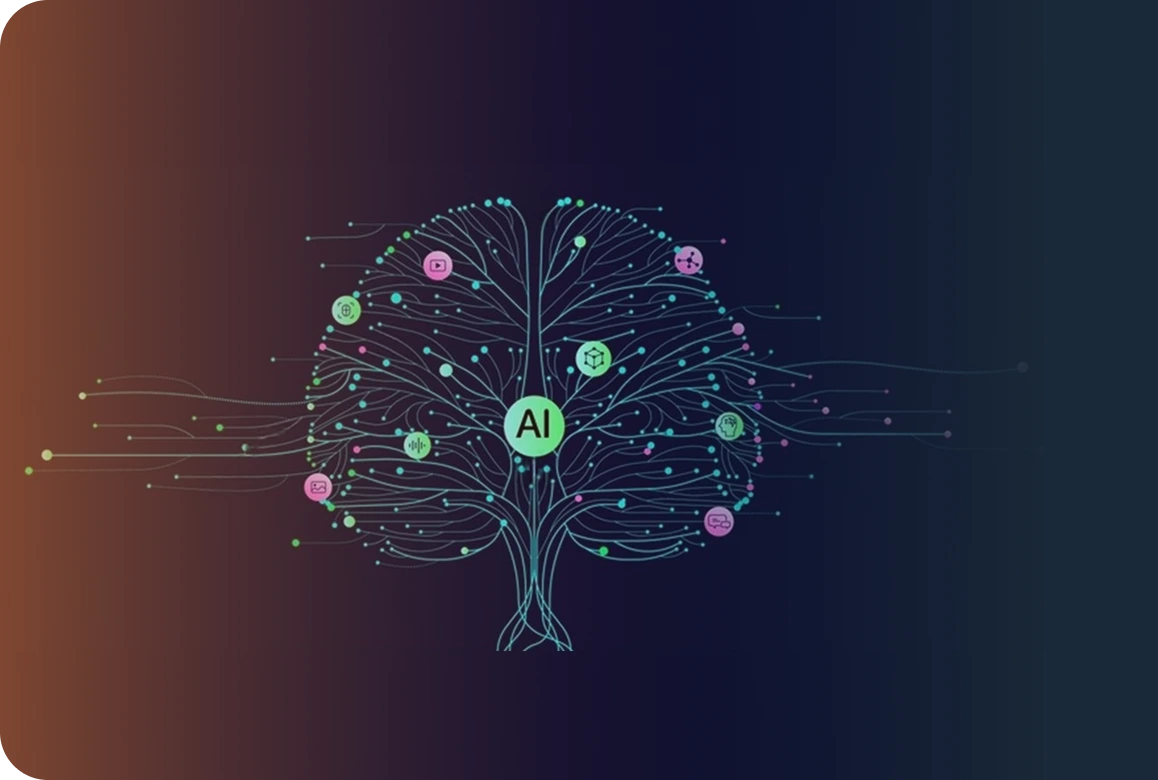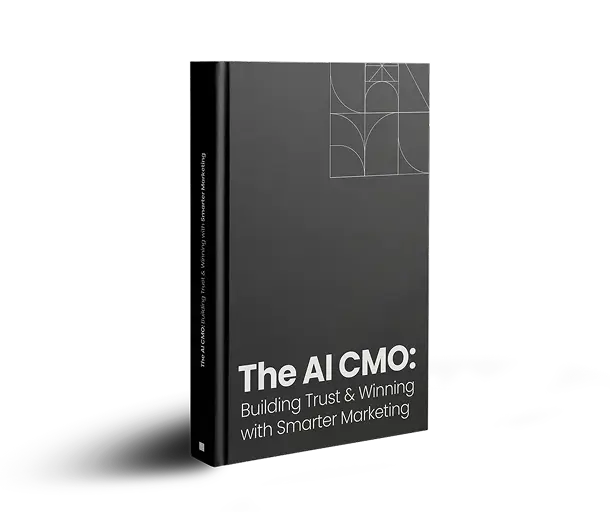
Many marketers continue to rely on pre-built email templates and generic scripts, despite their limited effectiveness in fostering meaningful engagement with target audiences. Another prevalent challenge is the lack of consistency in follow-up communications, which often undermines lead nurturing efforts and reduces overall campaign performance.
For outbound sales models, successful prospect engagement demands contacting multiple times before a purchase occurs. Sales email cadence represents the process that leads prospects through a nurturing stage and eventually into conversion. Teams utilizing properly organized sales cadences experience better business relationship development and faster deal negotiation processes.
Implementing this strategy within your email marketing efforts will enhance lead engagement and accelerate their progression through the sales funnel. To maximize the impact of your outreach, now is the time to refine and optimize your sales contact sequence.
What is an Email Cadence?
Email cadence refers to the strategic timing, frequency, and sequence of emails sent to prospects or customers as part of a broader marketing or sales campaign. In B2B marketing, an effective email cadence is essential for nurturing leads, maintaining engagement, and guiding prospects through the buyer journey without overwhelming them. It involves determining how many emails to send, when to send them, and what messaging to include at each stage.
A well-structured cadence considers factors like lead behavior, segment preferences, and sales cycle length. When executed correctly, it balances persistence with relevance as it ensures that each message delivers value and aligns with the recipient’s needs. Ultimately, a strong email cadence increases response rates, improves conversion, and supports a more predictable pipeline.
Best Practice Email Marketing Cadence
The structure of your sales email cadence determines whether you end up in a neglected inbox or create a successful pipeline for sales conversions. To achieve the best possible engagement in your sequence, please incorporate the following important features:
- Personalization & Relevance: Generic emails get deleted. Strategically adjust your communications to match each recipient’s business sector and job duties while addressing their specific problems. Your data insights should help you craft emails that create individual connections.
- Strategic Timing & Spacing: Sequential communication timing prevents prospects from getting lost while staying invested in the conversation. A standard B2B sales sequence covers two to three weeks and includes five to seven interactions through emails and LinkedIn communications followed by additional follow-up attempts.
- Compelling Subject Lines: The way you structure your subject lines determines whether people read your emails or bypass them. Short, concise emails that spark curiosity through value-focused content capture attention best.
- Value-Driven Content: Every communication email needs to bring meaningful value to readers through informative industry data or actionable problem solutions or real-world business stories. Lead prospects toward solutions while educating rather than pushing products onto them.
- Clear & Actionable CTAs: Every message you send needs to express a defined purpose. Make the journey to your next action steps straightforward while also making them attractive.
Why You Should Automate Your Sales Email Cadence
B2B enterprises that handle their sales email contact sequences manually experience both inefficiency and unsustainable practices in today’s competitive markets. Automated outreach systems optimize contact processes by providing standardized engagement and unlimited reach while delivering improved response rates.
1. Improved Efficiency and Time Savings
Sales teams spend hours creating templates and tracking email outcomes, limiting time for personalized outreach. Through automation, reps can shift their effort from time-consuming email chores to delivering personalized interactions and securing deals.
2. Consistency and Timely Follow-Ups
Timing is crucial in sales. The scheduled distribution of email communications through an automated cadence avoids missing opportunities with potential leads by ensuring appropriate timing of touchpoints. Pre-set sequences help your team achieve constant outreach while eliminating the need for memory-based or spreadsheet-dependent actions.
3. Personalization at Scale
The prevailing myth that automation produces impersonal interactions is proven false by contemporary software capabilities, which deliver adaptive personalization. AI-powered platforms improve open and response rates by customizing subject lines along with content and call-to-action sections according to recipient behavior patterns and demographic information.
4. Data-Driven Optimization
Email automation solutions generate reporting data about recipient engagement metrics, which enables teams to optimize communication effectiveness and delivery timing. Performance tracking and A/B testing enable businesses to continuously improve their strategies, which results in higher conversion rates.
5. Higher ROI and Revenue Growth
Marketing automation allows sales teams to boost their outreach capacity while decreasing labor costs. The combination of multiple touchpoints, quick follow-ups, and data-driven performance optimization leads to higher sales figures.
The question is – Are you struggling to maintain a consistent and high-performing sales cadence?
Well UnboundB2B’s SDR as a Service helps you execute the best outbound sales cadence by handling prospecting, follow-ups, and engagement at scale. Let our expert SDRs optimize your outreach, so you can focus on closing deals.
The mandatory transition of sales email automation from optional to essential allows businesses to scale their outreach efforts while preserving human connection in their communication strategy. The correct use of automation tools has the power to transform your sales process and ensure ongoing business expansion.
How to Structure Your Email Sequence for Maximum Engagement
Creating a high-converting sales email cadence requires a well-planned sequence that nurtures prospects through the buying journey. A structured email sequence ensures consistent follow-ups while keeping prospects engaged with relevant, value-driven content.
Sales Email Cadence Cycle
A typical high-performing sales email sequence follows this cycle:
Initial Outreach (Day 1) – Introduce yourself and establish relevance
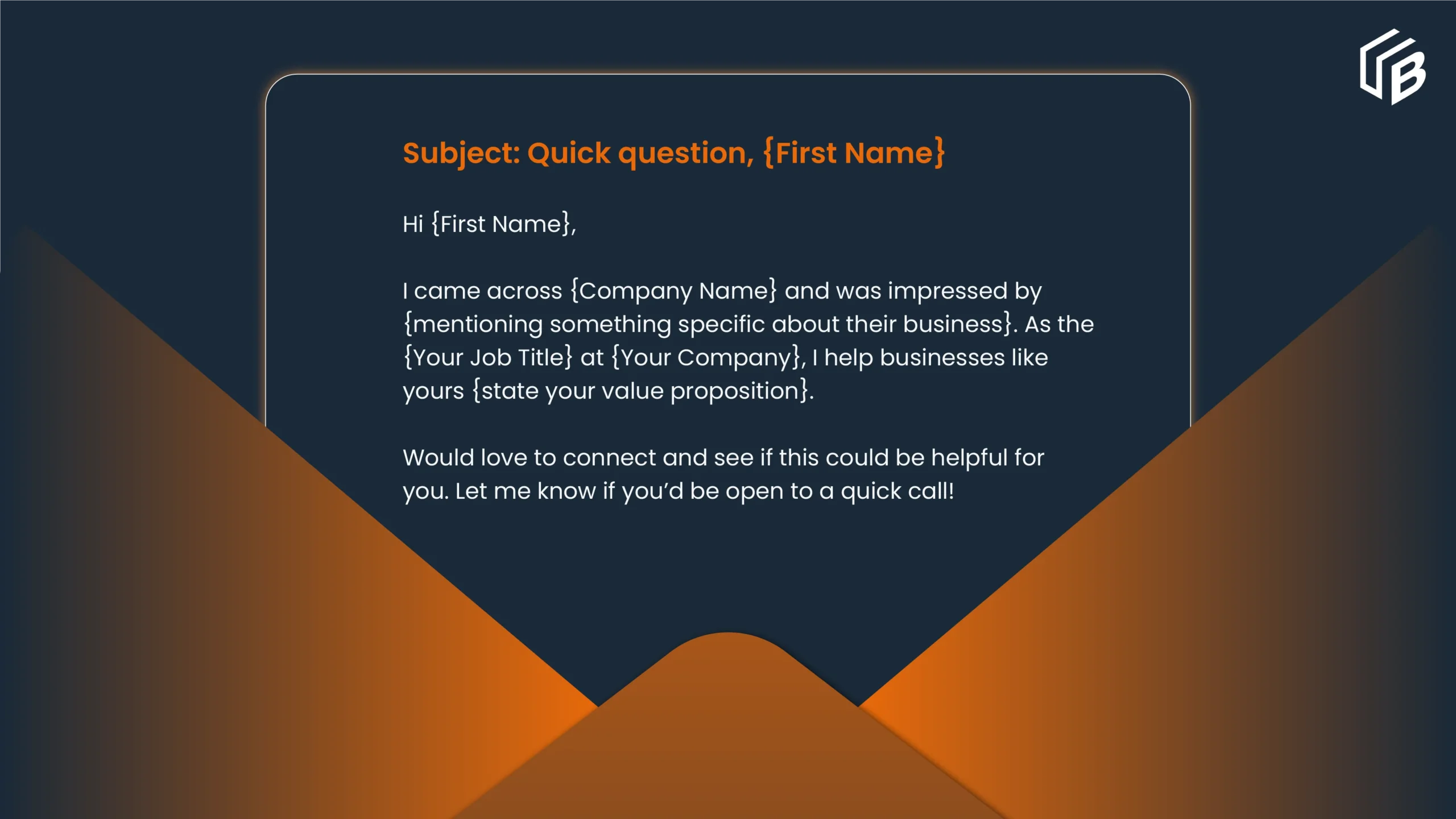
Value Proposition (Day 3-4) – Highlight how your product or service solves a key problem
Subject: A better way to {solve a key challenge}
Hi {First Name},
I know {mention pain point} is a challenge for many companies in {industry}. At {Your Company}, we’ve helped businesses {specific results}.
For example, {Client Name} saw a {percentage improvement} after implementing our solution.
Would you be interested in a quick chat to explore how we can do the same for {Company Name}?
Best,
{Your Name}
First Follow-Up (Day 6-7) – Check in and restate the core value with a different approach
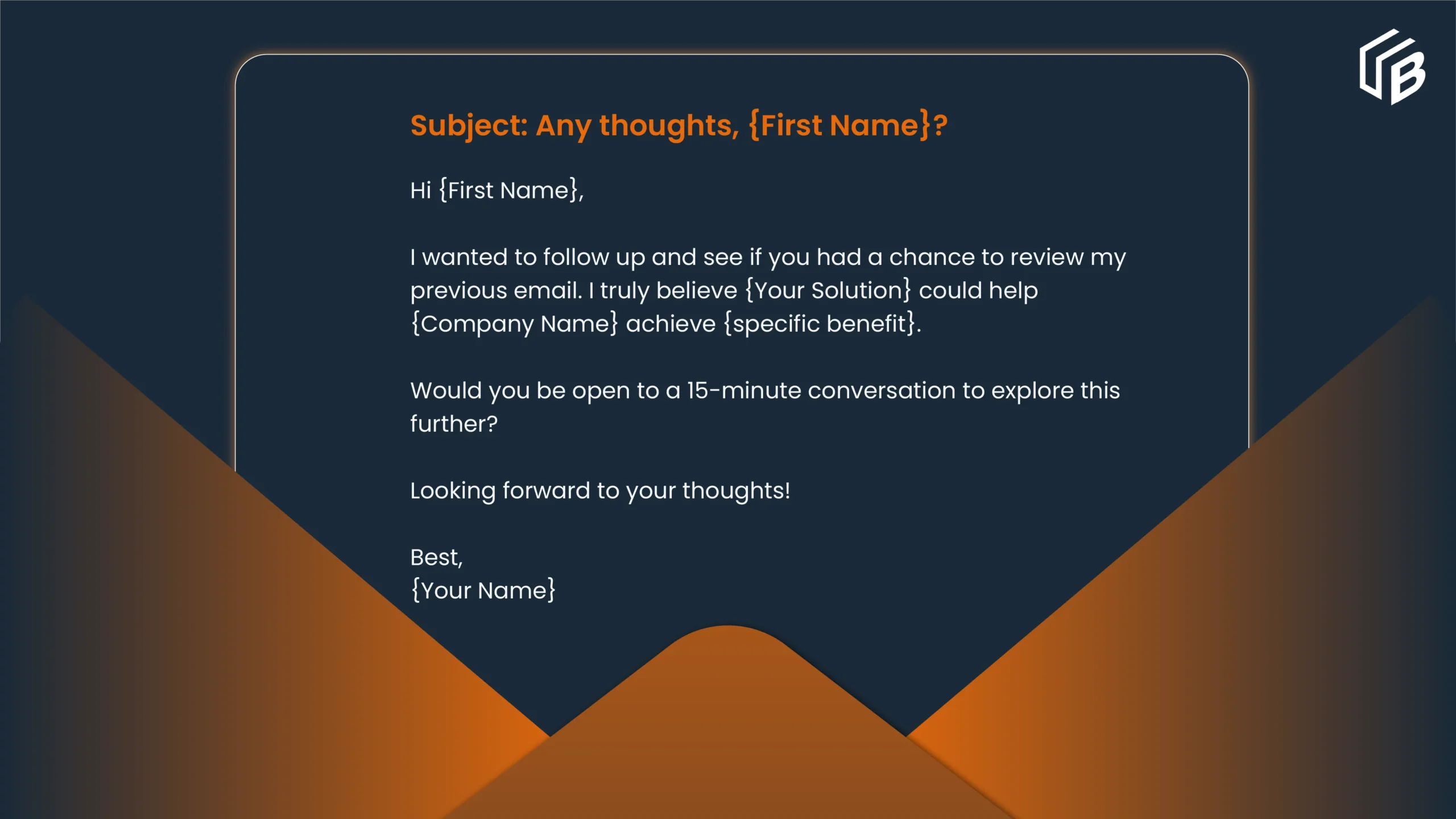
Social Proof & Case Studies (Day 9-10) – Build credibility with success stories
Subject: How {Similar Company} achieved {impressive result}
Hi {First Name},
Did you know that {Similar Company} improved {metric} by {percentage} using {Your Solution}?
They faced similar challenges as {Company Name}, and after implementing {Your Solution}, they saw {specific benefit}.
I’d love to share how we can do the same for your business. Let’s set up a quick call—would {suggest date/time} work for you?
Best,
{Your Name}
Limited-Time Offer or Incentive (Day 12-13) – Encourage urgency with an exclusive offer
Subject: Exclusive opportunity for {Company Name}
Hi {First Name},
I wanted to reach out one last time with a special offer for {Company Name}. For a limited time, we’re offering {mention incentive, discount, free trial, bonus service} to new partners.
Would you be open to discussing how this could benefit your business? Let me know if you’d like to take advantage of this before it expires!
Best,
{Your Name}
Final Attempt (Day 15-16) – The last nudge before pausing outreach.
Subject: Should I close your file?
Hi {First Name},
I’ve reached out a few times and haven’t heard back—I totally understand things get busy. If now isn’t the right time, I don’t want to keep bothering you.
Let me know if you’re interested, or I’ll assume it’s a “no” for now and won’t follow up again.
Wishing you all the best!
Best,
{Your Name}
This sequence balances persistence with value, keeping prospects engaged without overwhelming them.
What Does Success Look Like for Sales Cadences?
Using benchmark data from your industry can enable you to develop achievable performance targets for your sales email cadences. Statistics show B2B sales emails deliver an average response rate between 1% and 3% alongside a standard open rate of 23%. Achieving over 5% of potential clients connecting for meetings establishes a strong benchmark. A connect-to-meeting rate exceeding 10% signifies strong performance in conversion metrics.
Beyond these benchmarks, tracking key performance metrics ensures continuous optimization of your sales cadence. Here’s what to measure:
1. Open Rates
What It Measures: The percentage of recipients who open your emails.
Why It Matters: Strong open rates indicate compelling subject lines and engaging initial messaging.
2. Response Rates
What It Measures: The percentage of prospects who reply to your emails or follow-ups.
Why It Matters: A high response rate signals that your messaging resonates with your audience.
3. Conversion Rates
What It Measures: The percentage of leads who take action, such as booking a call, requesting a demo, or making a purchase.
Why It Matters: This is a direct indicator of how effective your cadence is at driving sales outcomes.
4. Response Time
What It Measures: How quickly your team responds to prospect inquiries.
Why It Matters: Faster responses keep prospects engaged and prevent leads from going cold.
5. Churn or Unsubscribe Rates
What It Measures: The percentage of leads who opt out of your communications.
Why It Matters: High churn may indicate issues with messaging frequency or content relevance.
6. Customer Retention Rates
What It Measures: The percentage of converted leads that remain long-term customers.
Why It Matters: A successful cadence doesn’t just convert leads—it builds lasting relationships.
Elevate Your Sales Email Cadence for Maximum Impact
To turn unknown prospects into active clients, B2B teams need a structured, data-informed email cadence. Success comes from delivering personalized, timely messages, refined continuously through A/B testing and sales performance analysis.
Automation ensures consistency and scale, while maintaining a human touch. Striking the right balance between persistence and value builds trust without overwhelming prospects. In today’s time, optimized email outreach is a growth operator. Start refining your cadence now to boost engagement, accelerate pipeline velocity, and close more deals.
Our blog
Latest blog posts
Tool and strategies modern teams need to help their companies grow.

Master lead scoring by buyer journey stage to qualify faster, predict intent, and con...
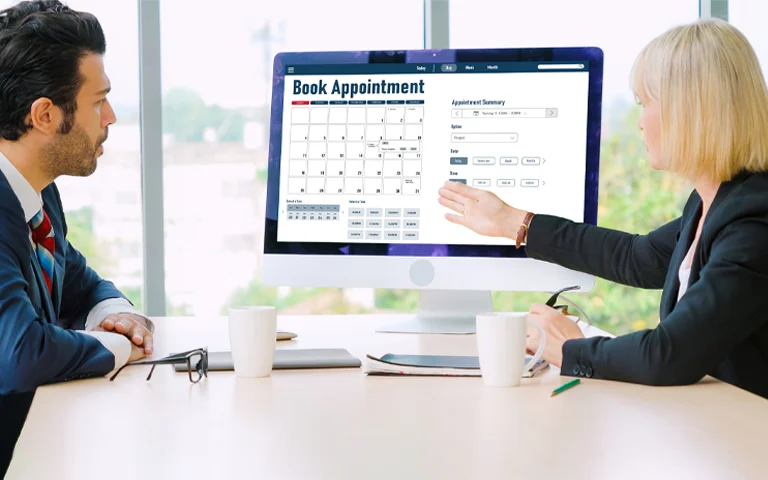
Discover the top 10 B2B appointment setting companies in the USA offering expert-led,...

Discover how AI Overviews are transforming B2B demand generation and how marketers ca...



